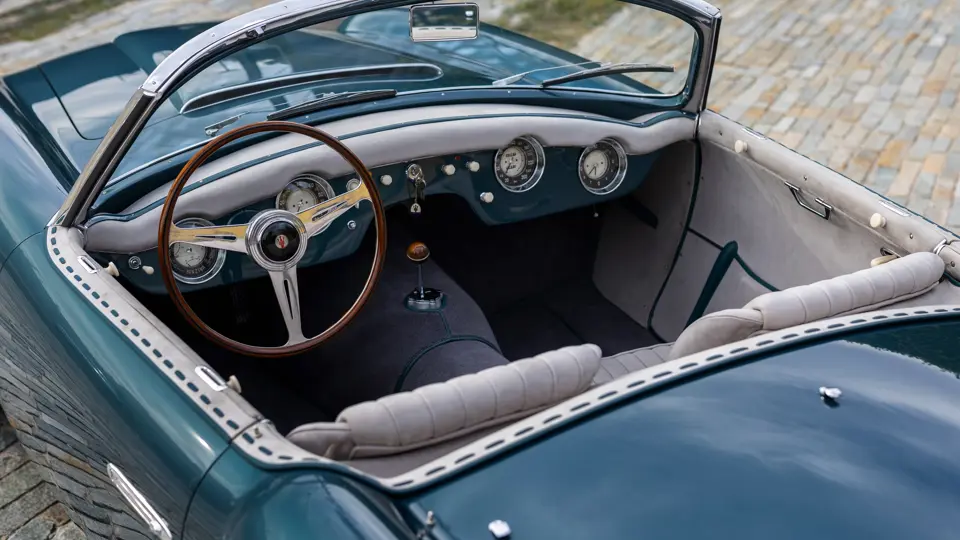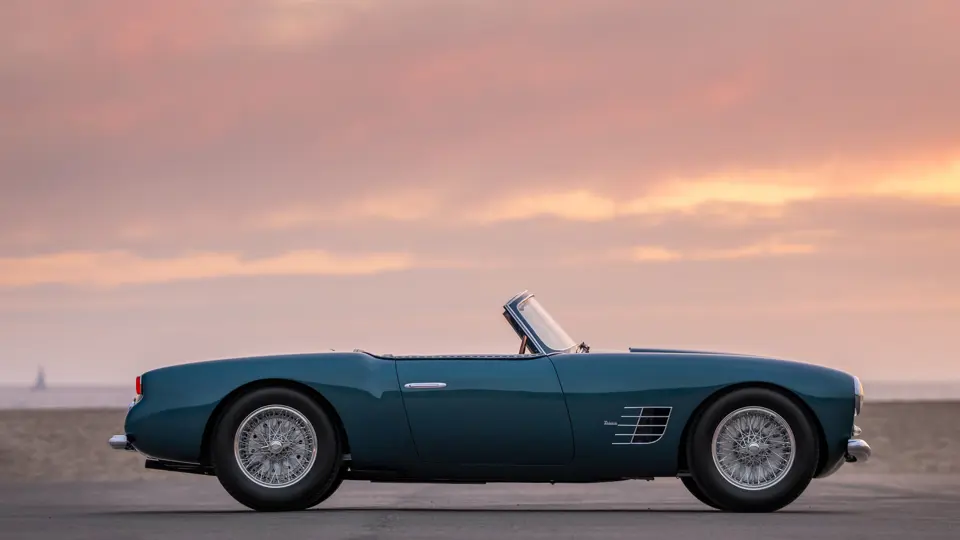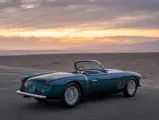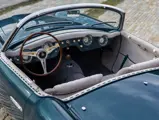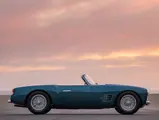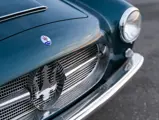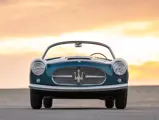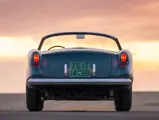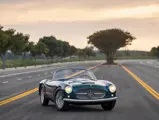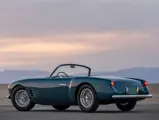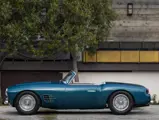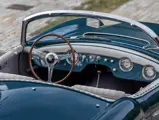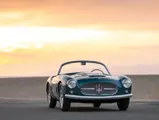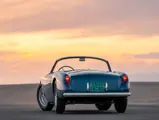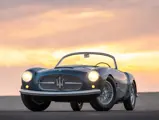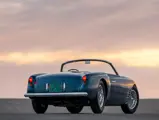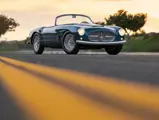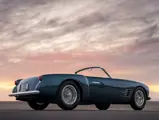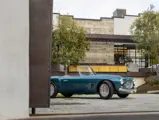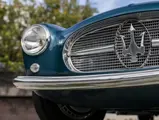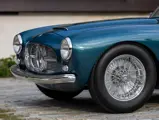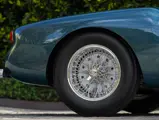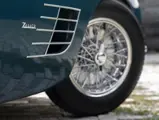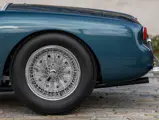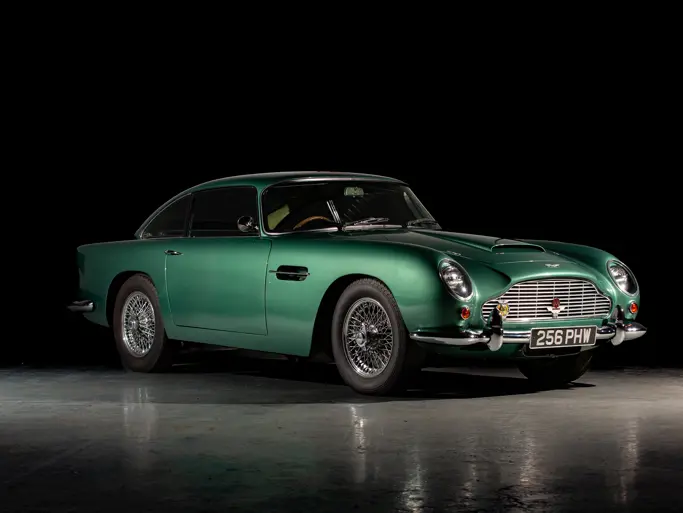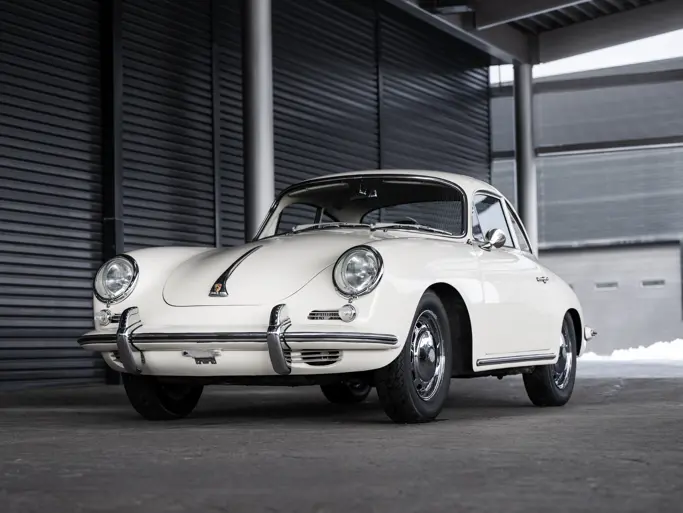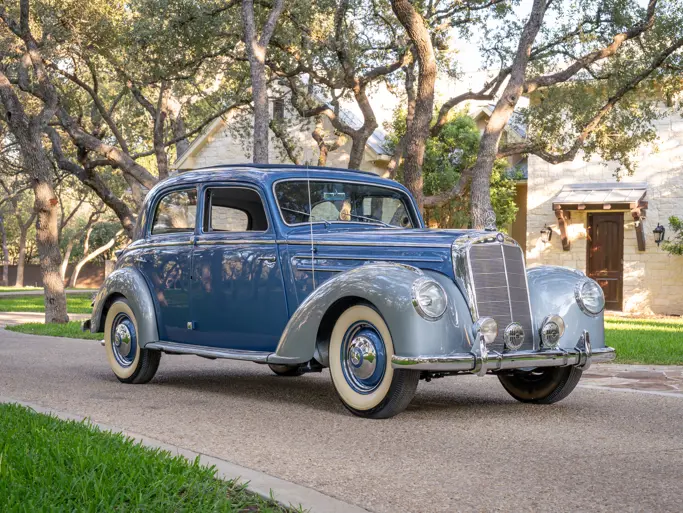1955 Maserati A6G/54 2000 Spyder Zagato
{{lr.item.text}}
Price Upon Request
{{bidding.lot.reserveStatusFormatted}}
- One-off, custom-designed and built Modena gem akin to exquisite 1950s niche-leading unicorn sports cars like the Mercedes-Benz 'Uhlenhaut Coupé' and the ex-Rossellini Ferrari 375 MM
- The prototype A6G/54 example, and the only spyder built by Zagato
- Originally fitted with the very first example of the A6G/54 dual overhead cam engine
- Exhibited at the 1955 Geneva Salon and the 1956 Paris Salon
- Originally ordered by Argentine president and renowned sports car enthusiast Juan Perón
- Doubly awarded at the 2024 Pebble Beach Concours d’Elegance: winner of the special Maserati class, and recipient of the Jules Heumann Special Award for the Most Elegant Open Car
- Desirably retains matching-numbers engine, transmission, and front and rear axles
- Fully restored to Pebble Beach-awarded condition in 2024 by the highly respected Fast Cars Ltd
- Best of Show winner at the 2005 Concorso Italiano, and class winner at the 2004 Quail Motorsports Gathering, amongst numerous other concours appearances
- Completed the 2022 Colorado Grand 1000
- Documented with factory production records, factory build sheet copies, tool roll, restoration binder, original owner’s manual, and extensive history report by marque expert Adolfo Orsi
- Ideal for enjoyment on driving tours or display at top-tier concourse events
Sunday, 18 August 2024. The 73rd Pebble Beach Concours d’Elegance.
For many collectors and enthusiasts, this is the event not to miss. In the same vein as top-tier sporting events such as the Kentucky Derby or the Boston Marathon, years of preparation lead to a single day. Within the scope of concours competition, this day is preceded by countless hours of careful research followed by equally careful restoration work, all in the effort of presenting a given car at its very best, exactly as it was when it left the factory. The “who’s who” are in attendance, watching those fortunate few who have been granted an invitation compete against their peers for a shot at winning the most coveted award in the world of classic cars.
Last year, one car stood out from the crowd when it drove across the stage for all the right reasons, a light blue Maserati A6G/54 2000 Spyder. Beautifully presented, it was a car that many in the crowd could have seen themselves drive off the stage, out onto 17-Mile Drive, along the coast, and into the sunset. Perhaps the perfect California car for a picture-perfect California day.
That day would see the Maserati drive across the stage twice, first winning its class of Maserati Road Cars in a year that Maserati was one of the featured marques. It was invited back across the stage as the recipient of the Jules Heumann Most Elegant Open Car award. Aside from winning best of show, winning your class and winning an Elegance award is as good as it gets at Pebble Beach, with not only the class judges but the honorary judges all agreeing that your car is one of the very best, amongst a show field of the very best.
But this Maserati’s story starts far earlier than last year. It is a car that was deemed special by its creators from the very beginning and one that has remained a prized possession of numerous caretakers over the ensuing decades as it is a remarkable example of the very best of hand-built Italian automotive design and engineering.
CRAFT, STYLE, POWER, RARITY: DEFINING THE PEAK OF 1950s SPORTS CARS
The 1950s were a time of remarkable output for Europe’s great automotive manufacturers. The decade represents a narrow period of transition in which postwar recovery had sufficiently evolved to allow for the creation of historically powerful competition machines. Yet simultaneously, the last remnants of hand-built construction and style-based design cues were reaching a dynamic crescendo during the 1950s, with aesthetically artful curves still yet to be discarded in favor of the scientific approach to aerodynamic considerations.
In the nook of this eventful decade, the most accomplished and celebrated manufacturing concerns were able to forge a small handful of iconic cars that will never be equaled. These extremely rare cars were the most highly customized and developed examples of their kind, boasting factory pedigree, custom one-off coachwork, and high-level ownership provenance.
In this vein, the prodigious minds at Stuttgart were able to distill the essence of the Mercedes-Benz 300 SL into the one-off 'Uhlenhaut Coupé,', a nearly miraculous combination of racing pedigree, factory styling, and ownership provenance that decades later became the highest-value collector car ever sold at auction. Meanwhile, the engineers at Maranello were consistently developing small-batch iterations of evolving Ferrari sports-racers, culminating in the 375 MM Scaglietti Coupe that was first owned by Italian director Roberto Rossellini. The car would go on to become the only Ferrari to ever win best of show at the Pebble Beach Concours d’Elegance, and a centerpiece of one of the world’s most respected collections.
While the Maserati concern in Modena was neither as behemoth or well-funded as the operations in Stuttgart and Maranello, the Orsi family’s postwar Trident still managed to craft some exquisite cars for both racing and touring. At the top of that pyramid, vying for a place beside the 'Uhlenhaut Coupé' and the ex-Rossellini 375 MM sits one particular Maserati Spyder. As a pure one-off, and a prototype at that, and clothed in the only open Zagato body ever built on its platform, the car makes a case for being that one, indelible, superlative product—the pièce de résistance of 1950s Maserati touring-specified sports-racers, and a nearly unfathomable icon of period Italian design.
THE ULTIMATE AUTOMOTIVE COLLABORATION
There may be no better embodiment of the ultimate automotive collaboration than the confluence of Maserati and Zagato during the 1950s; one a racing powerhouse aspiring to road car legitimacy, the other a design concern on the cusp of its most expressive and timeless sculptures. The ultimate result of this iconic collaboration was none other than the peak of form and function; a model so brutally effective in competition it hardly dared to be so voluptuous, and a car so achingly beautiful it was barely to be believed it could be so fast—the Maserati A6G/54 Zagato.
For through this noteworthy competition-proven model, which was bodied by Zagato as a racing berlinetta, the engineers of Modena advanced the ultimate development of the A6G sports-racing platform, while the stylists at the Milanese coachbuilder penned one of their most celebrated designs. Yet as powerful, beautiful, and rare as the closed berlinetta version of the A6G/54 was, the model was actually inaugurated with an example even more special, the featured lot, and the only open-bodied example built; chassis number 2101. It is the prototype for the dedicated series-built A6G/54 examples, and the first of the Zagato-bodied cars.
The A6G/54 concept was initially introduced at the 1954 Turin Salon with a show car built on chassis number 2063, wearing 2+2 coupe coachwork by Frua. As a roadgoing evolution of the A6GCS/53 barchetta sports-racers, the model featured a freshly developed dual-overhead cam engine that was tuned for street use with chain-driven timing gear and wet sump lubrication. Following the Frua-bodied show car, Maserati commenced a new numbering sequence for the model that began with chassis number 2101, the featured Spyder. It is the very first car to feature the new dual-overhead cam engine.
Ultimately limited to a modest batch of 60 total examples, the A6G/54 chassis output was divided among three coachbuilders, with a Michelotti-designed coupe built by Allemano accounting for approximately 21 cars, open and closed versions by Frua reaching 18 cars, and the Zagato examples making up the balance of 21 cars.
Zagato’s version is overwhelmingly preferred by sporting enthusiasts for its aerodynamic, curvaceous styling, which was executed in aluminum alloy for optimal weight savings and competition advantage. While the cars by Allemano and Frua were positioned as luxurious grand tourers, the Zagato cars were just as assuredly racing machines, with lightweight coachwork and more spartan interior arrangements. Yet as thrilling as the racing berlinettas are, the sole open Spyder teases a glimpse of so much more…
UNREALIZED TIMELINES – FROM PARIS TO LA PAMPA
A research report by marque authority Adolfo Orsi, commissioned by the most recent owner, confirms prior accounts that chassis number 2101 was originally ordered by Juan Perón, the famed postwar Argentinian president and world-renowned sports car enthusiast. According to Orsi’s research of factory archives including build sheets, the Spyder was dispatched from Maserati to Zagato for coachwork on 18 November 1954, with a note near the customer field that read “Argentina.” Orsi asserts that this clue tells us the A6G/54 was slated for ownership by Perón, a fact that was later indirectly confirmed by a 1961 piece of correspondence from the factory.
There is little doubt that the runaway success of Argentine national Juan Manuel Fangio on auto racing’s greatest stage heightened the appreciation of motorsports and automotive culture in his homeland. Having already won one world championship for Alfa Romeo in 1951, Fangio was frequently racing for Maserati during 1953 and early 1954, serving as a link between the automaker and President Perón that would pave the way for the import of industrial machinery made by Modena’s subsidiaries.
It is popularly held that Juan Perón attended the Geneva Salon in March 1955, intent on viewing the latest speed machines and rolling sculptures from the great European manufacturers. While there, he came across the featured Maserati Spyder and was highly intrigued. For its debut showing at Geneva, chassis number 2101 was finished in beautiful Blu Algido Scuro paint over an interior appointed in the unusual and highly luxuriant Nubuck upholstery. The Spyder was furthermore configured with a raked full-width one-piece windscreen, an unvented flat hood, unvented front fenders, and a wire-mesh grille complemented with foglamps and a strangely styled, oversized Trident ornament.
Perón was highly intrigued by the Zagato-bodied A6G/54, and he clarified his intention of purchasing the car with the caveat of a few requested modifications. So the A6G/54 returned to the factory for further work, while Perón returned to Argentina, and chassis number 2101 might well have been delivered to its presidential buyer had not politics exploded in a different direction. But by mid-1955, Perón had begun to fall out of public favor, and this overwhelming national sentiment soon surged into a full-on popular revolt that resulted in the strongman’s exile by the end of the year.
So with no immediate buyer on the horizon, and with such a well-prepared one-off prototype, Maserati opted to return the A6G/54 to the international stage. Nineteen months later, 2101 was presented again, this time at the 1956 Paris Salon on the stand of Thepanier, the official Maserati importer to France. By this time the Spyder was fitted with the modifications requested by Perón, which have come to define its final lasting configuration. These features include a smaller curved one-piece wraparound windscreen, a new hood with a raised engine intake scoop, elegantly vented front fenders, and a new grille ornament consisting of a more standard Trident badge. Following the show’s conclusion, 2101 was returned to the factory again and remained there in storage until April 1959.
NEW HORIZONS – A JOURNEY INTO AMERICAN OWNERSHIP
Issued a certificate of origin in December 1958, the A6G/54 was earmarked for customer availability and soon sold to Louis W. Schroeder, an American diplomat working at the US embassy in Paris. A few months after taking delivery of the Spyder in April 1959, Mr. Schroeder drove the Maserati to La Sarthe to watch the 1959 24 Hours of Le Mans, as demonstrated by a photo on file showing the car parked at the famed French circuit. Schroeder was undoubtedly delighted by fellow American Carroll Shelby’s victory with the Aston Martin team.
In April 1960 Schroeder sold the Maserati to Sherrod Santos, a US Air Force lieutenant-colonel assigned to the Chateauroux Air Station in France. Santos commissioned the factory to rebuild the engine in August 1962, although he was dissatisfied with the results and engaged further work from a French specialist. Per his correspondence with the Maserati factory, by November 1963 Santos had returned stateside to work at Langley Air Force Base in Virginia, accompanied of course by the stylish Spyder.
In 1966 Colonel Santos sold the Maserati (which by this time was repainted in Rosso), in all likelihood to George Sackman of Carmel, California. Sackman undoubtedly owned the A6G/54 by the time of his factory correspondence of July 1968, and he kept the car as late as 1970 before selling it to San Francisco-area resident Angelo Ferro, the Italian-American owner of the Genoa Racing Team.
After very little use Mr. Ferro put 2101 into storage, and it remained domiciled for a remarkable period of approximately 30 years, ensuring a high degree of originality. In August 2001 the Maserati was visited at the team’s facility in nearby Novato by Adolfo Orsi, who was engaged to help research the car’s history. At this time team chief Ed Nelson was overseeing a comprehensive restoration of the Spyder to its 1958 configuration, which was ultimately completed in 2003. This work included a rebuild of the engine by Ferrari specialist Paul Hasselgren, a repaint in the original factory color of Blu Algisto Scuro by Rob Etcheverry, and a retrimming of the interior by Ken Nemineck.
The Maserati then began a tour of world-class concours d’elegance, starting with presentation at the 2003 Pebble Beach Concours d’Elegance. A year later at the 2004 Quail Motorsports Gathering the Spyder garnered first place in the Post War Sports Car class, and in 2005 the car won Best of Show at Concorso Italiano, and multiple awards at the Palo Alto Concours d’Elegance. Around this time the A6G/54 was the subject of a feature article in the July 2005 issue of Sports Car International magazine, and it was also profiled in the April 2006 issue of Classic Cars.
Following an invitation to the special Zagato display at the Quail in 2006, the Maserati was acquired in October 2010 by Brandon Wang, a respected collector based in the United Kingdom. The Spyder’s exhibition career then continued with an appearance in September 2011 at the special Zagato presentation at the Florence Concorso Unique Special Ones, after which the car was displayed at the Museo Panini in Modena for nearly 18 months. This period included a more temporary exhibition across town to commemorate the official opening of the Museo Casa Natale Enzo Ferrari, a particularly distinguished opportunity, as it was the only Maserati invited to be shown at the new Enzo Ferrari museum. After completing its museum appointments in Italy, the Maserati continued to be exhibited at the world’s most exclusive automotive gatherings, with appearances at the 2013 Villa d’Este Concorso d’Eleganza and the St. James Concours d’Elegance.
In November 2013 the Maserati was sold in an auction titled Art of the Automobile, a New York City sale held in late 2013 in partnership between Sotheby’s and what was then known as RM Auctions. Acquired there by the well-known American collector Oscar Davis, the car went on to be fastidiously maintained by the respected Leydon Restorations of Bucks County, Pennsylvania, over the next few years. Their attention included the installation of a new fuel pump, a rebuild of the carburetors, and attention to the brakes and fuel system.
Following Mr. Davis’ unfortunate passing the A6G/54 was again offered by RM Sotheby’s in August 2022, at which point the car was sold to a respected collector based in Southern California. After enjoying the Maserati on the 2022 Colorado Grand 1000, the consignor began to more seriously evaluate the car’s condition and history, and he came to the conclusion that a comprehensive no-cost-spared restoration to factory standards had never been conducted. In order to remedy this, the owner entrusted the Spyder to one of the area’s best-known Italian sports car specialists, Fast Cars Ltd of Redondo Beach, California. In addition to significant attention to the engine, the experts at Fast Cars diligently refurbished every chassis element, including brakes, suspension, and rear axle, and most importantly the matching-numbers transmission, which was rebuilt for the first time in its life. Efforts were also taken to fabricate new aluminum side curtains in the fashion of the originals, greatly enhancing the car’s authenticity.
Mr. Orsi was again retained to provide details of historic accuracy, resulting in his thorough report (which also notes the continued presence of the matching-numbers engine). Following the completion of this work, the Spyder returned to the Pebble Beach Concours d’Elegance in August 2024, winning its aforementioned double honors of Best in Class and the Jules Heumann Most Elegant Open Car award.
Incredibly rare and meticulously restored in 2024 at great expense, this award-winning one-off Zagato Spyder is a breathtaking example of Maserati’s celebrated Italian Sports Car Championship-winning A6G/54 model. It is desirably documented with factory build records, build sheet copies, period photographs, former owner’s correspondence, prior registrations, magazine articles, an entry in Walter Baumer’s book Maserati A6G 2000 Zagato, a detailed binder on the restoration, original documentation including the ultra-rare original manual with the matching chassis number listed and impossible to recreate original tool roll, and the highly detailed history report by marque authority Adolfo Orsi.
Ideal for further display at the world’s most exclusive concours d’elegance, and eligible for vintage touring events including the Mille Miglia Storica, this exquisite slice of la dolce vita would make an unparalleled addition to any sporting collection. As one of the premier speed machines of the 1950s, chassis number 2101 evidences a level of design, engineering, one-off styling, and important ownership provenance that firmly thrust it into the company of such legendary jewels as the 'Uhlenhaut Coupé' and the ex-Rossellini 375 MM. It goes without saying that the breathtaking Spyder should appeal to any sports car enthusiast; but for the Zagato completist or Trident diehard, it is quite simply and undeniably an obligatory must-have!
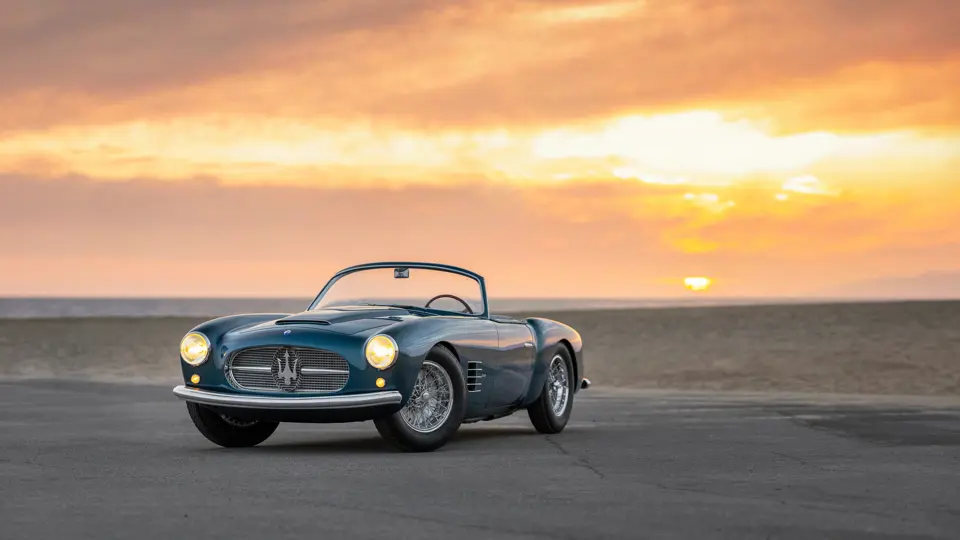

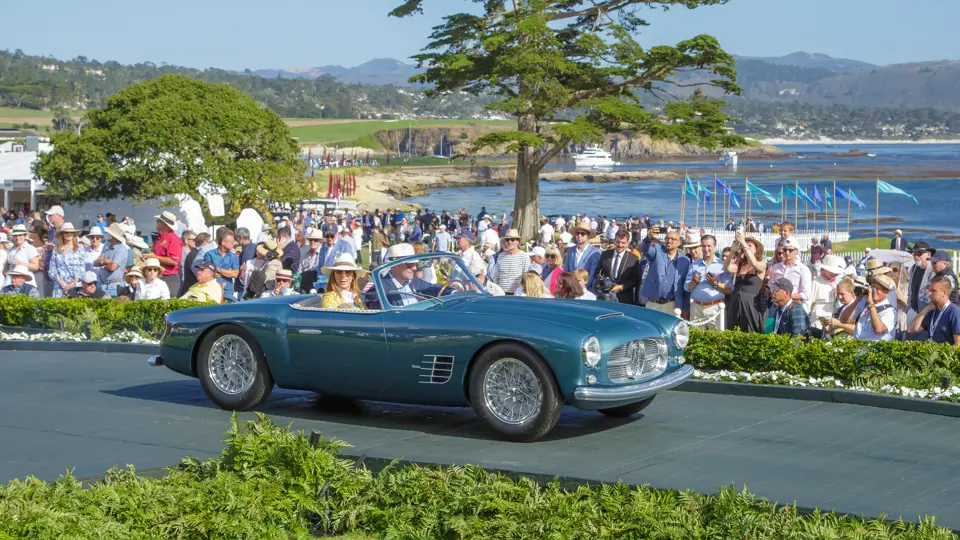


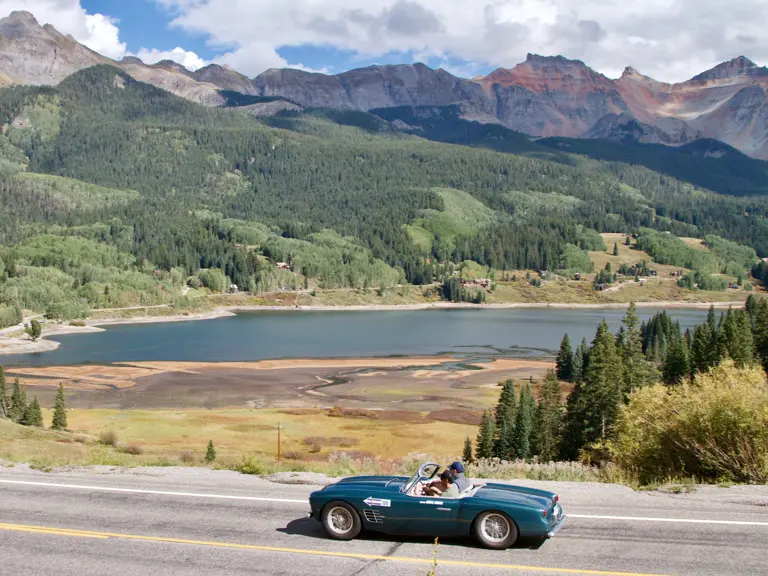
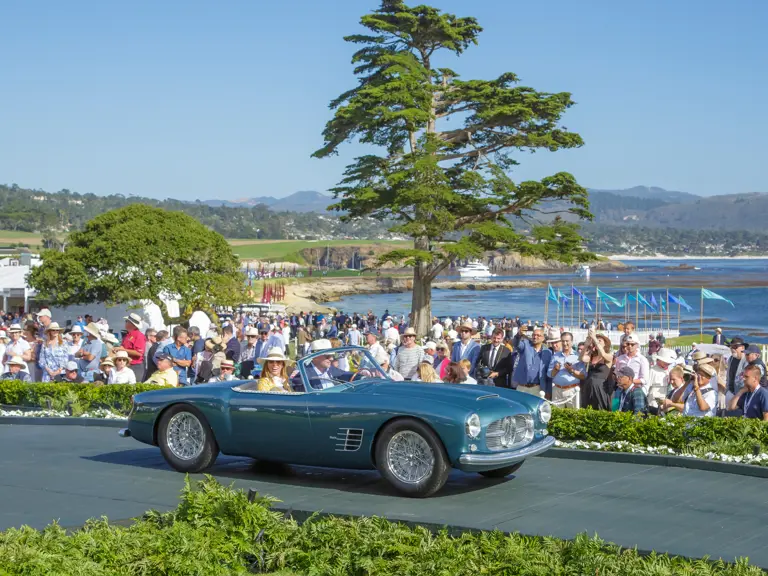
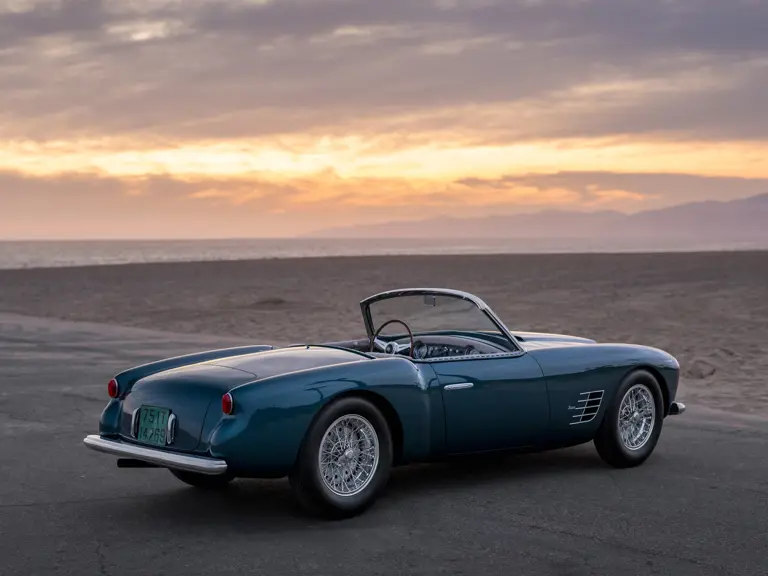
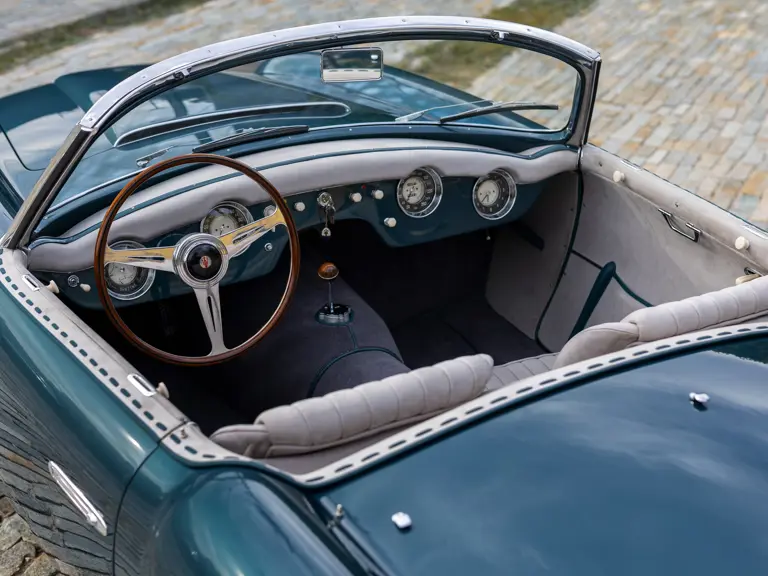
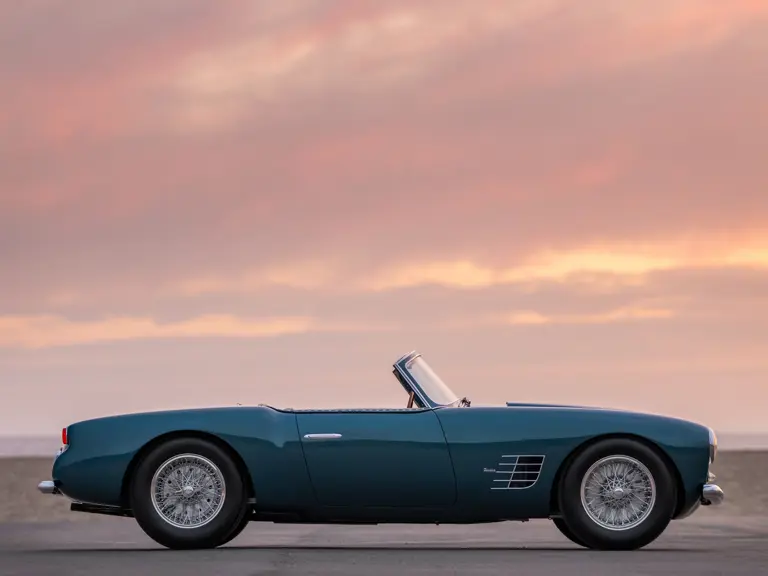
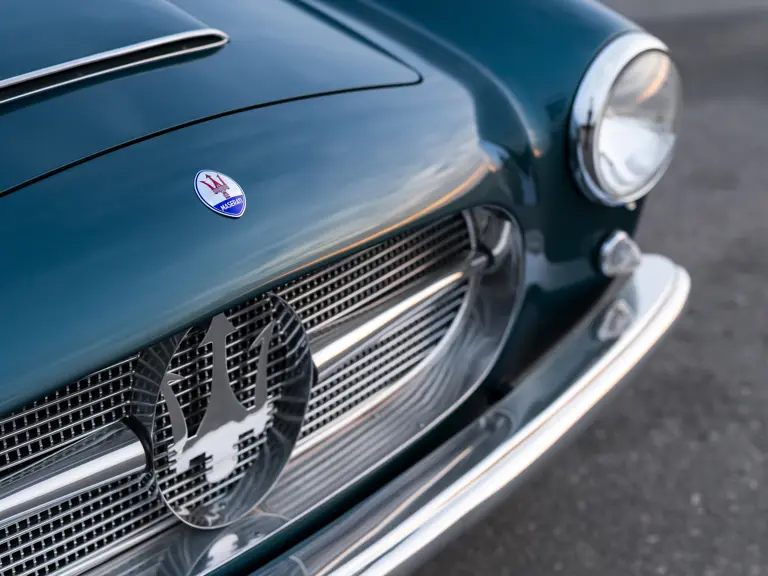
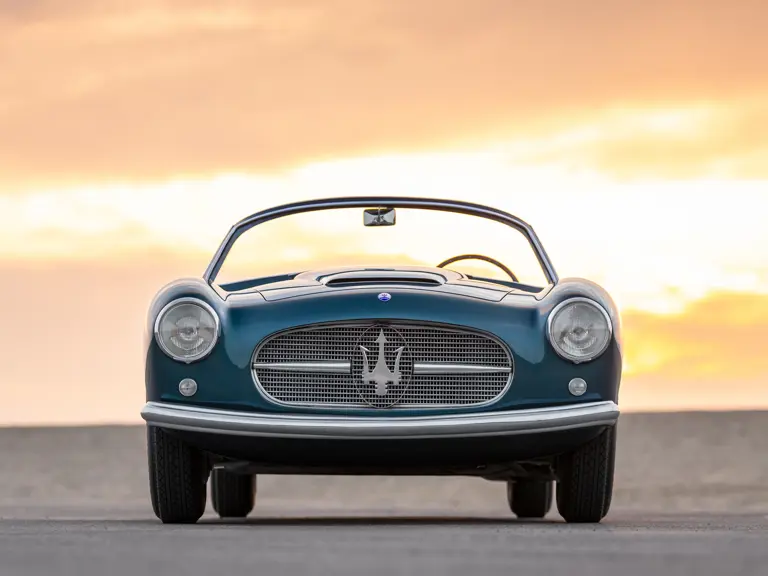
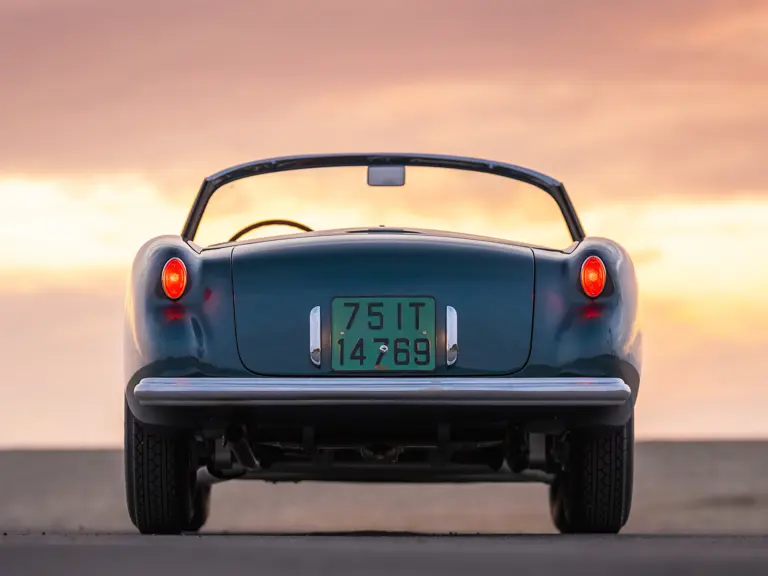
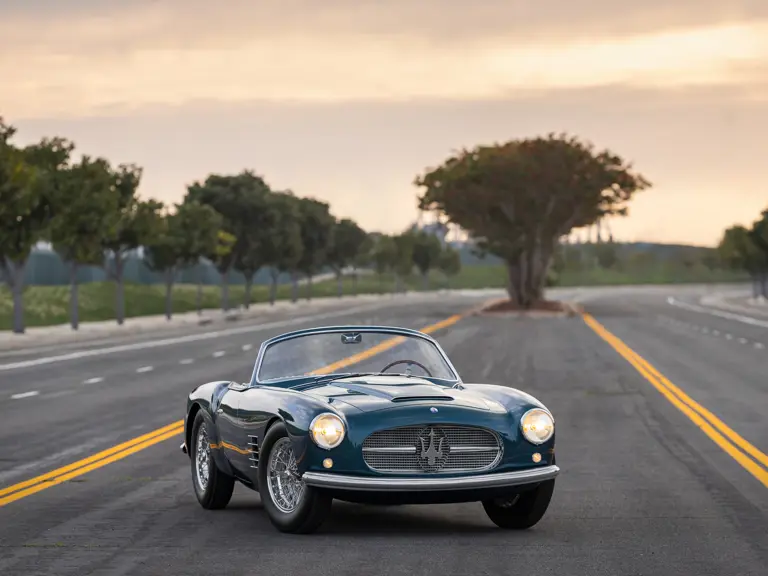
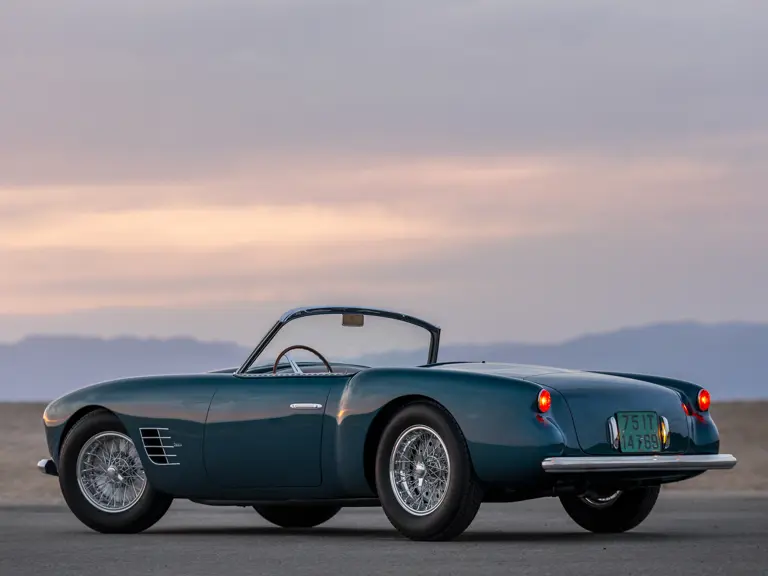
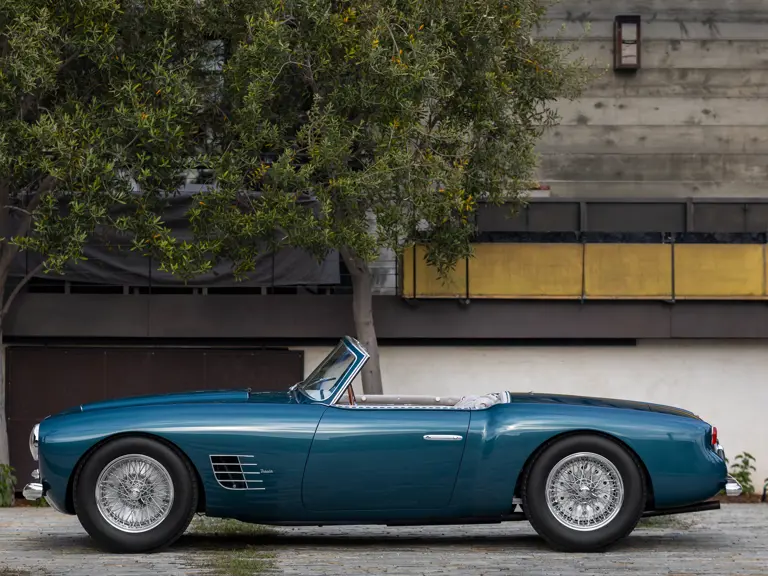
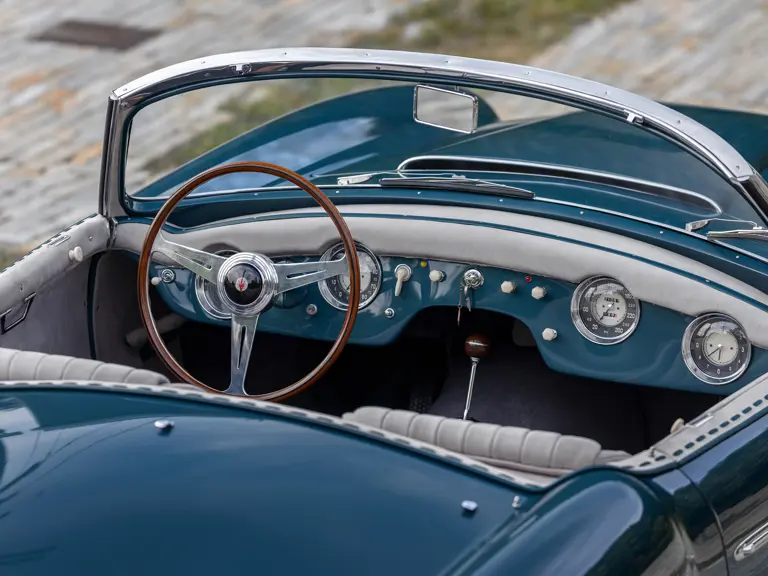

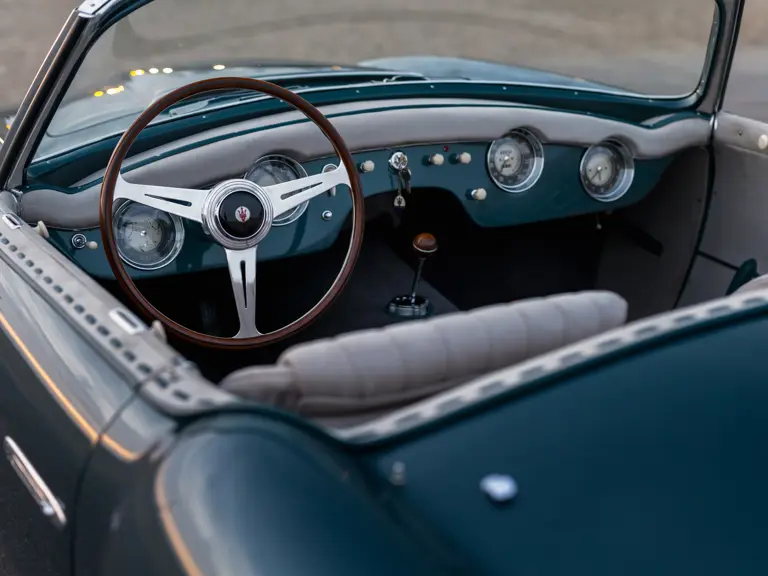

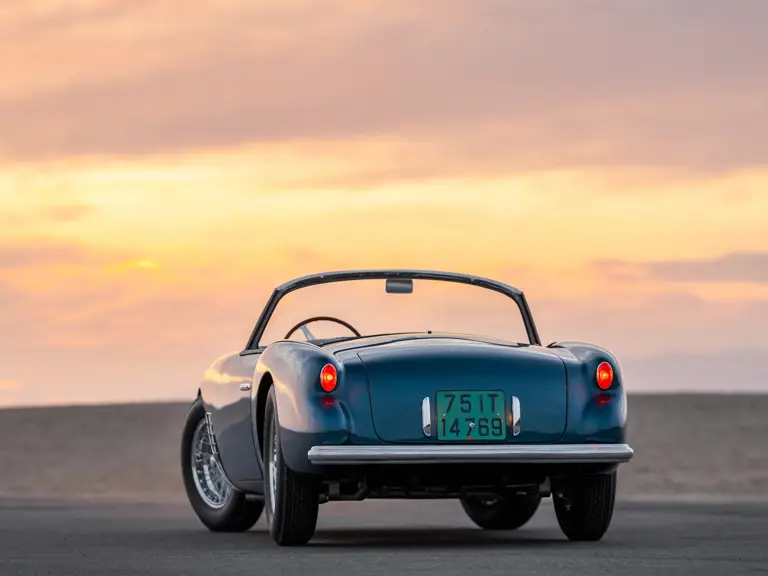
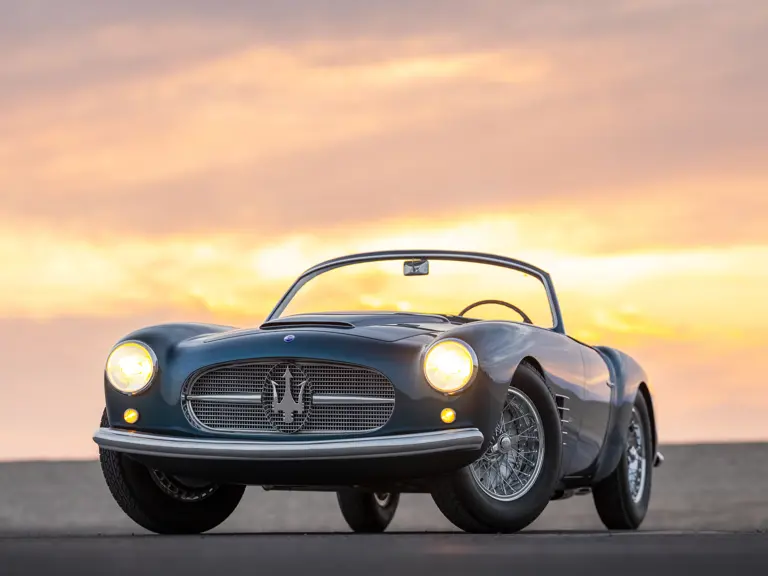
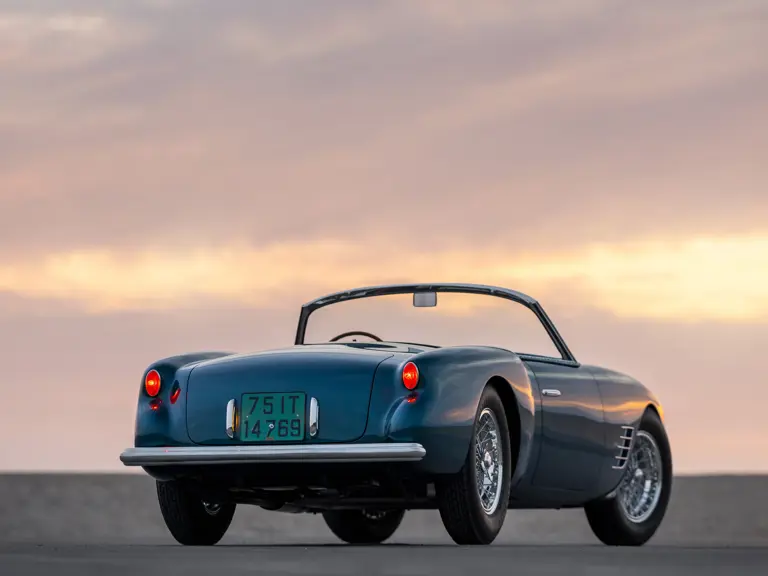
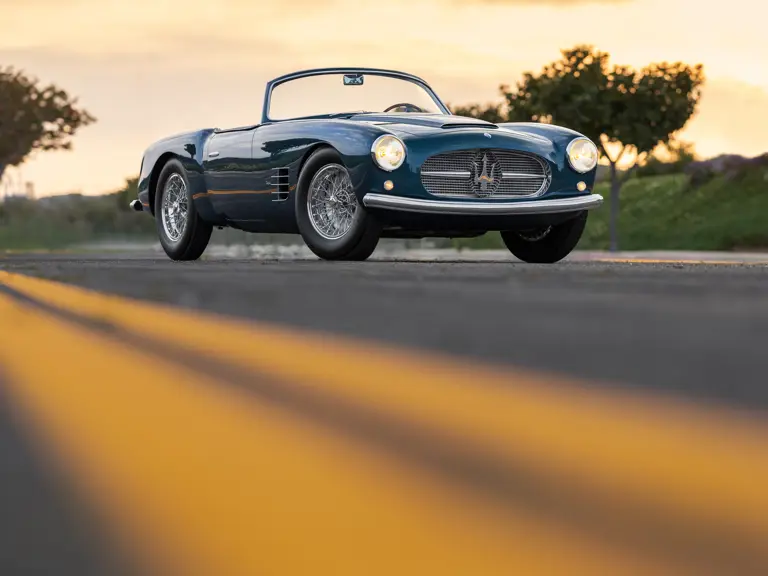
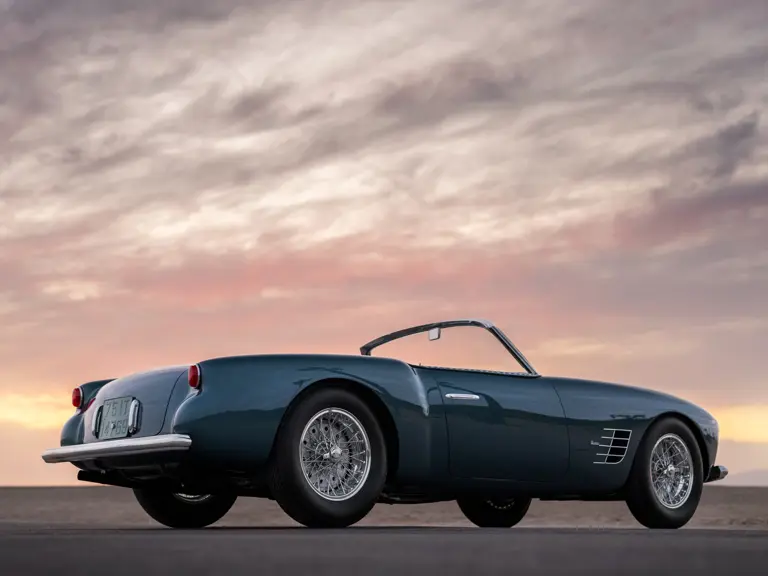


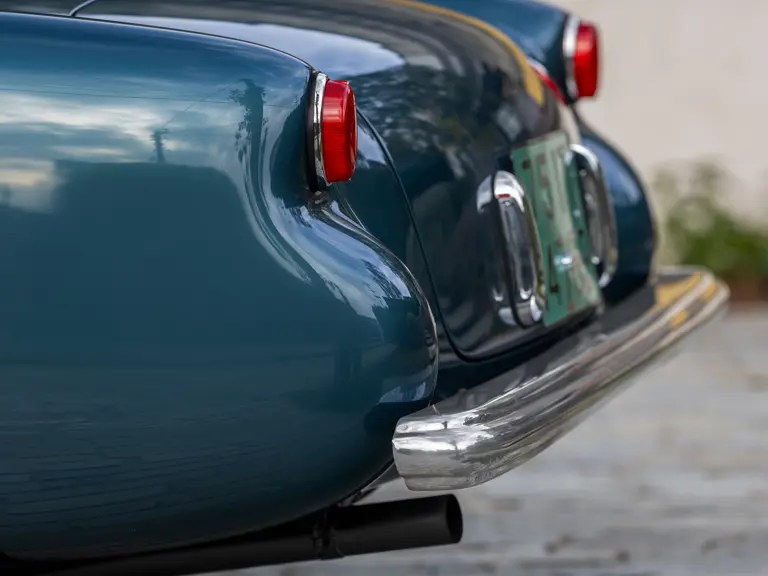

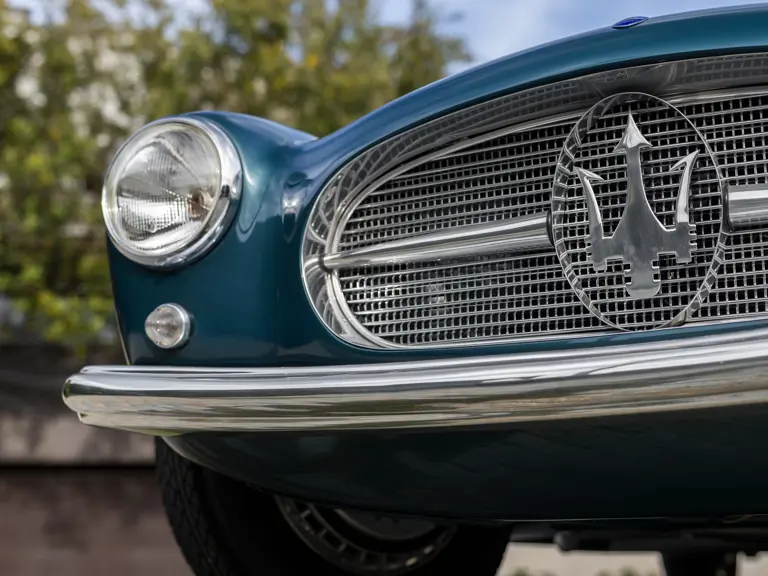
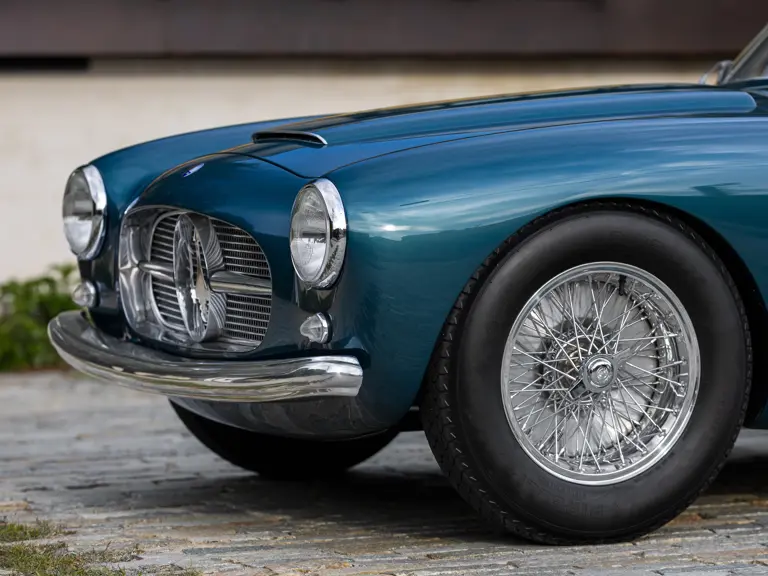
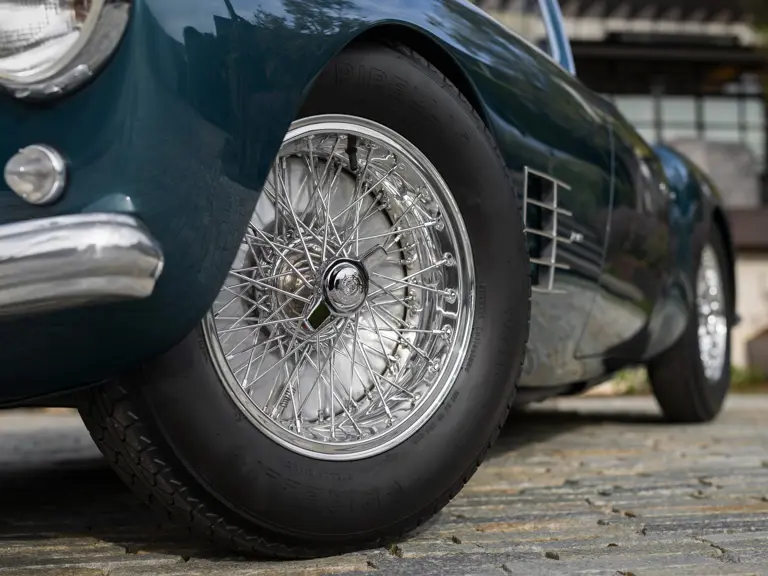
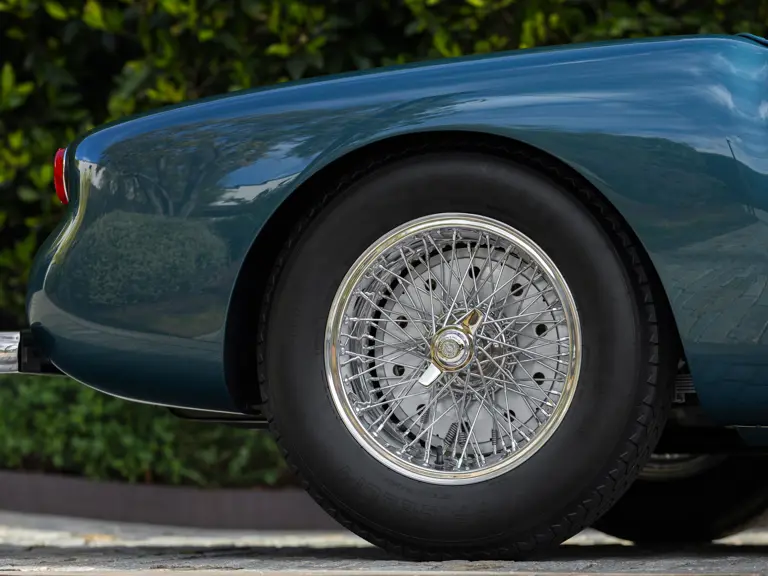
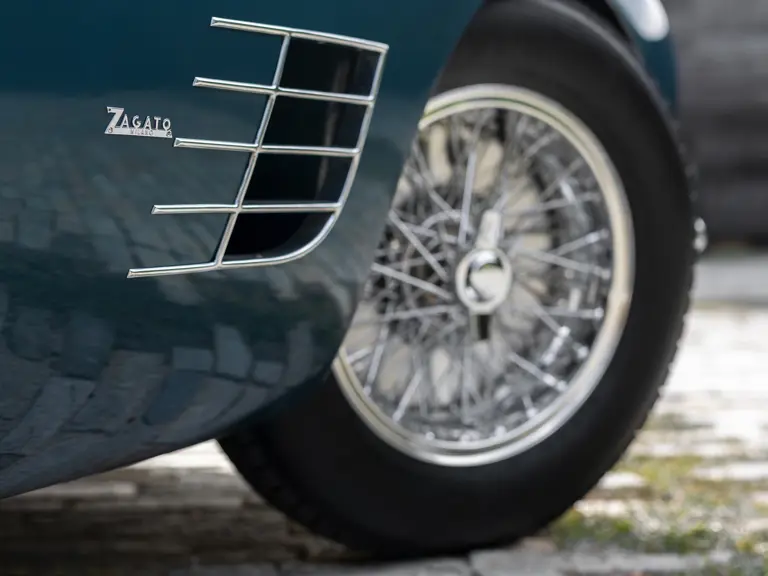
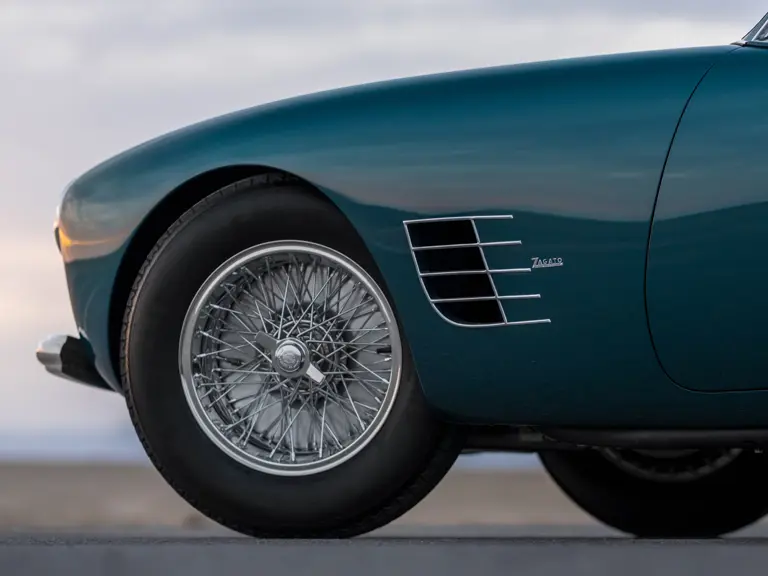
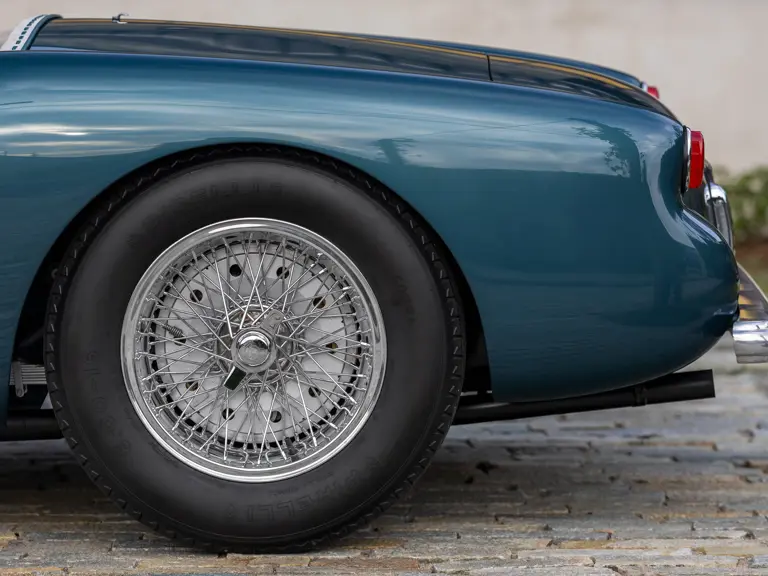
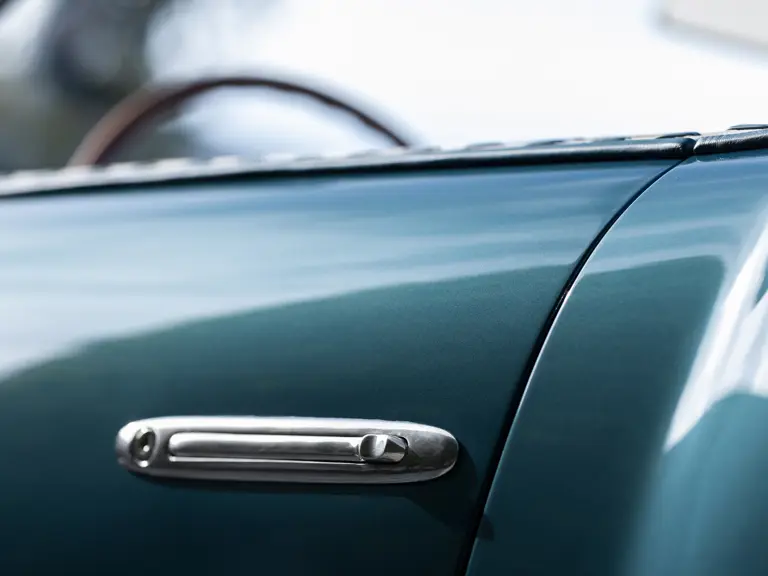
 | Culver City, California
| Culver City, California

